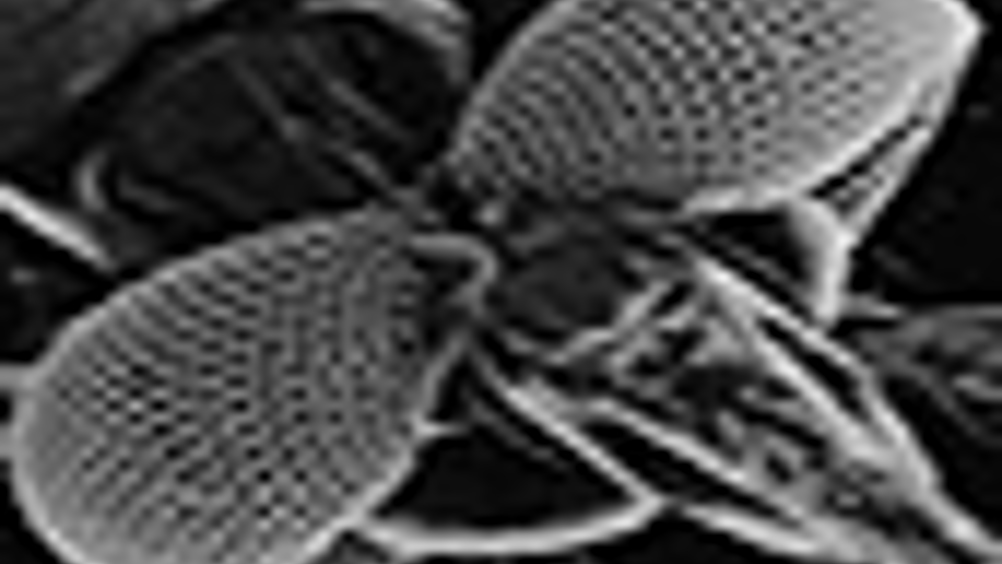Moths provide an eye opener on reflection

Copying the properties of moths’ eyes could improve the efficiency of solar cells, thanks to a collaboration between the
Working to specifications from the university’s Nanoscale Systems Integration (NSI) group, the spin-out R&D company Innos has used equipment at Philips’
The patterns are based on the structures on the surface of the eyes of night-flying moths, explained NSI researcher Darren Bagnall. ‘These prevent reflections, which serves two purposes: it stops predators spotting the moths, and increases the amount of light their eyes collect.’ Current solar cells tend to reflect light when the sun is low in the sky, but applying patterns like those on the moths’ eyes would reduce much of this reflection and increase light collection by around 10 per cent, he added.
Register now to continue reading
Thanks for visiting The Engineer. You’ve now reached your monthly limit of news stories. Register for free to unlock unlimited access to all of our news coverage, as well as premium content including opinion, in-depth features and special reports.
Benefits of registering
-
In-depth insights and coverage of key emerging trends
-
Unrestricted access to special reports throughout the year
-
Daily technology news delivered straight to your inbox










CCC Report Finds UK Climate Targets Still Within Reach
In 1990 67% of the UK´s electricity came from coal-fired power stations and even without renewables the transition to gas was a major contributor to...